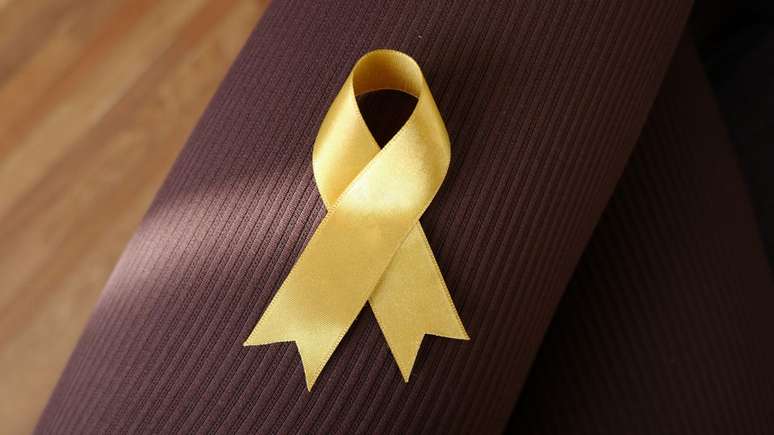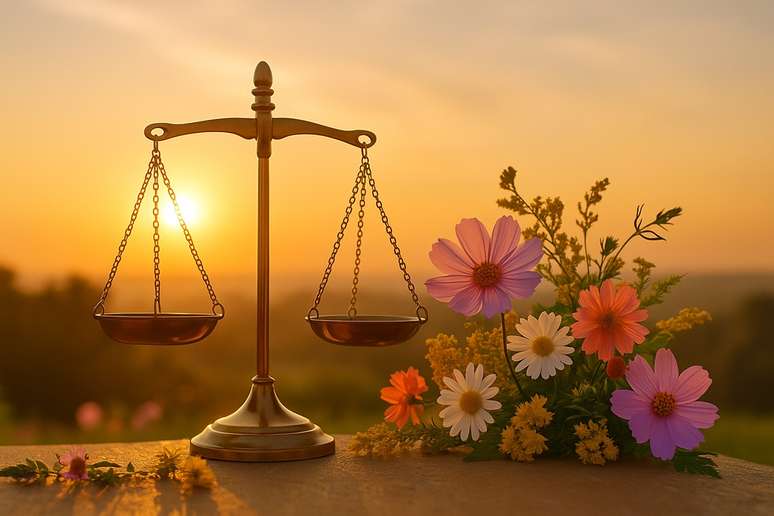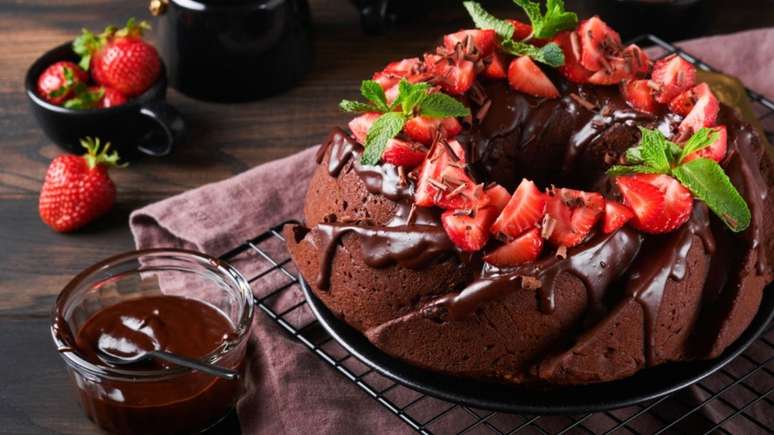Depression still transports stigmas, but yellow September strengthens that speaking, welcoming and looking for care can save human lives; Find out what emotional care can support
SEPTEMBER yellow – Life often presents itself as a calm, sunny and colorful landscape. But behind this image, there may be a dark and silent night that almost nobody sees. The depression is like this: a hidden suffering that masks itself on daily gestures, apparently sincere laughter, in the automatic phrases of those who respond “everything is fine” without being.
It is disturbing that so many apparently strong people are broken inside. And that we, as a company, still have difficulty seeing beyond the surface. Perhaps because it is too painful to see that fragility is no exception, but part of the human condition.
Importance of yellow September
Unfortunately, suicide is not a theme distant for me. Two cases in my family have marked my story and they also made me understand the importance of talking about it openly. This is the reason why this yellow September strengthens how much we have to see the invisible suffering and take care of each other.
Node BrazilThousands of families cross the same reality every year. The numbers are difficult, but they must be said: every day, dozens of Brazilians take their lives. Many of them, young people who barely had time to find out who they were. Among the teenagers, the risk has grown alarmingly and this makes us rethink how much we are actually taking care of our children and young people.
Treatment is fundamental
Yet, even in the face of the gravity of the data, the greatest danger is not in numbers, but in the appearance that differs, in listening that does not happen, in the embrace that is not offered. A person in suffering does not need judgments, or ready phrases like “this pass” or “have faith”. He needs a presence, someone who really cares, who is willing to hear, welcoming and, above all, helps to seek care.
It is essential to understand that depression is not the lack of willpower, nor the weakness of character. It is a serious and complex health condition that needs care, just like any other disease. Nobody is ashamed to treat high blood pressure or diabetes – so why is there so much prejudice to look for a psychiatrist or a psychologist?
The treatment paths are multiple. Psychotherapy, follow -up medical and support of family members and friends are fundamental. But there is also the support of nature, which for centuries has offered us precious resources for centuries. Phytotherapy can be an ally in the treatment of depression and anxiety, when well indicated by qualified professionals.
Phytotherapy as an ally of emotional care
1.
It contains Kavalattoni, compounds that modulate the action of the Gaba acid (gamma-amatebutric acid), neurotransmitter connected to calm and relaxation. Therefore, it helps to reduce anxiety, muscle tension and improve sleep. Contraindications: in prolonged use or high doses, it can overload the liver; It should be avoided by people with liver diseases or consuming alcohol and hepatotoxic medicines.
2. Rhodiola Rosea
Considered a suitable plant, it helps the body to balance cortisol levels (stress hormone) and also acts on neurotransmitters such as serotonin and dopamine, improving energy, arrangement and emotional stability. CONTRAINDICATIONS: not suitable for people with bipolar disorder (they can precipitate episodes of mania) or for those who use antidepressants without follow -up.
3
It is one of the most designed herbs -based medicines for cases of mild to moderate depression. Its active ingredients, such as hypericin and hyperformin, increase the availability of serotonin, dopamine and norepinephrine in synapses mechanism similar to that of some antidepressants. Contraindications: it has several important pharmacological interactions: it can reduce the effectiveness of contraceptives, anticoagulants, antiviral and even other antidepressants. It should never be used without medical advice.
4. Mulungu (Erythrina Mulungu)
Traditionally used in Brazil, it contains alkaloids that act on the GABA receptors, promoting relaxing effect, helping in insomnia, anxiety and nervous agitation. Contraindications: it should be avoided in people with low blood pressure as it can improve hypotension. It can also cause drowsiness and should be used carefully with other sedative drugs.
5. Valeriana (Valeriana Officinalis)
Contains Valentica acids that act on GABA receptors, promoting relaxation, induction of sleep and reduction of anxiety. Widely used in case of light insomnia. Contraindications: it should not be associated with alcohol, sleep medicines or anxiolytics without follow -up -Up professional, as it can improve the sedative effect.
Nature, if respected and well used, can be a conditioner. But you should never replace the follow -up medical. It should be remembered that each person is unique and that the combination of science, human care and natural resources can open healing paths.
Care and car -cura
Talking about suicide is difficult, writing even more hard, but not talking, it is much more dangerous. Yellow September reminds us that silence does not save, but the word, the gesture, the attentive aspect can save. Offering a friend’s ear can be as important as a medicine. This shows genuine interest in the pain of the other can be the difference between life and death.
And here, at the end of this reflection, I want to leave an invitation. If you are suffering, don’t be silent. If you perceive someone who suffers, don’t go away. Remember that life does not only concern dark nights. There is always a dawn hidden behind the storm.
Perhaps this is the essence of September yellow: remember that even in the middle of pain, there is always a thread of light. And only a gesture – a look, a word, a hug – so that this thread becomes the road. We can be the headlights for each other, always remembering that, despite the shadows, life is made to be lived in full. And it is always larger than pain.
Source: Terra
Ben Stock is a lifestyle journalist and author at Gossipify. He writes about topics such as health, wellness, travel, food and home decor. He provides practical advice and inspiration to improve well-being, keeps readers up to date with latest lifestyle news and trends, known for his engaging writing style, in-depth analysis and unique perspectives.







